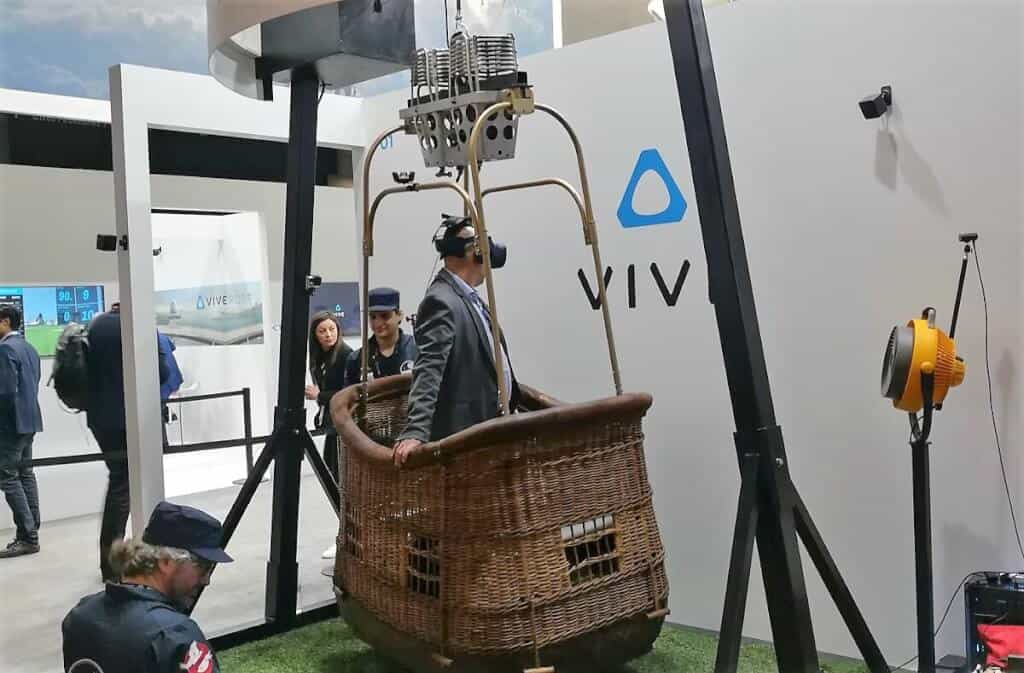
Mobile World Congress day II: An immersive experience
Visiting another country is all about immersing yourself in the culture and customs, and Mobile World Congress this year had a similarly immersive theme.
It’s no longer enough to simply use technology and devices. Instead, manufacturers, brands and retailers have been developing products which allow users to experience technology. Augmented reality (AR), virtual reality (VR) and mixed reality (MR) were all a reality at the show this year, so on the second day I sought out news from the field, in the Fira.
Orange demoed the results of a 5G network it has set up especially for MWC 2018, allowing visitors to embark on a VR experience. They simply have to put on a VR headset and are instantly ‘transported’ to a cable car with a 360-degree of Barcelona’s port – the location of the city’s real cable car. The 5G network supports super-fast download and upload speeds, allowing for the streaming of 4K and 8K video.
From the networks to the hardware; US company Vuzix is also at the show with its augmented reality glasses. The smart glasses, which feature Amazon Alexa, allow the wearer to see the visuals of their smartphone or computer screen, displayed in real-time on the glass lenses, giving a new definition to the term ‘hands-free’. Whether consumers will want to walk around wearing the glasses – or whether they’ll pose a safety hazard on busy city streets – remains to be seen.
Next, we can’t talk about immersive technology (or, in fact, any technology) without a mention of Google. The company has used MWC to launch version 1.0 of its ARCore framework, which transforms the humble smartphone into an AR-enabled tool capable of running augmented reality applications.
Brands like Columbia Pictures, JD.com and Porsche have partnered with Google for the launch, meaning the brand’s fans can visualise to-scale objects in real-world settings, via their smartphone camera. This brings the shopping experience even closer to the consumer (literally, into their home), and no doubt other retailers will follow suit.
Immersive reality isn’t just available on small screens. Telefónica presented its TV Virtual Experience at MWC, which harnesses virtual reality to immerse the viewer in 3D content via its Movistar+ pay-TV platform. The experience is interactive, and can be shared with other users of the app who appear as avatars in a virtual setting. Unfortunately, I didn’t get a chance to get to the Telefónica stand, but it reportedly featured a private virtual room and public viewing room with a 192-inch screen, where viewers could interact with 3D objects.
Only time will tell whether these gadgets and solutions are able to break out of the realms of novelty, and provide relevant experiences and practical solutions in reality.
Image: Hot air balloon at Vive’s booth at MWC, showcasing Janimation’s virtual reality technology





